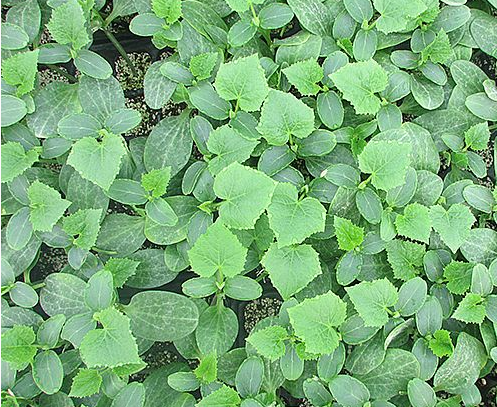1. Introducing vines
When the plants start to vine, grow tendrils, and the plants are as high as 0.3 to 0.4 meters, they will be erected in time. The bracket can be formed into a "human" shape, with the center of the kneading center as the center, and the top of the bracket is placed above the center of the kneading surface. The vines should be carried out on a sunny morning. When the vines are introduced, the stems should be evenly distributed, and the vines should be introduced every 3 to 4 days. The vines should also be combined with the whole branches, and the side vines that grow out in the first verses of the main vines should be removed early, and the side vines that grow after the sixth verse will be left. After the main vines are full of toppings, the side vines grow naturally.

2, reasonable topdressing   
Cucumbers are fertile, but they have weak ability to absorb fertilizer at the seedling stage, and require a large amount of fertilizer during the middle and late growth stages. The amount of topdressing should be as small as possible. From the 3rd to 4th day after transplanting, the urine should be applied at a concentration of 8% to 10% before the presence of tendrils, every 3 to 4 days, and about 1200 kg per 667 square meters; from tendrils to During the flowering period, the urine concentration can be increased to 20%. The flowering result can increase the urine concentration to 30% during the harvesting period, and it can be applied once every 4 to 5 days, and about 1500 kg per 667 square meters.
In addition, cucumber needs more nitrogen and potassium in the fruiting stage, so after the first time, the topdressing should be followed by heavy topdressing, and 20 kilograms of potassium sulfate compound fertilizer per 667 square meters. After entering the harvest period, you can ditch in the middle of the sputum, apply 15 kg of potassium sulphate compound fertilizer per 667 square meters, and cover the soil after application. When the seedlings grow to the 3-leaf stage and the 6-leaf stage, 150 ppm to 200 ppm of ethephon is sprayed once to increase the number of female flowers to increase the yield. In the later stage, combined with spraying, root dressing can be carried out, such as spraying potassium dihydrogen phosphate, magnesium sulfate, boron and other trace element fertilizers or 1% urea solution to promote cucumber growth. If the value of the strain is robust and vigorous, the amount of topdressing should be appropriately reduced. If the growth of the plant is weak, the amount of fertilizer and the number of topdressing should be increased.
3. Water management:
Summer cucumber seedlings due to heavy rainfall, air humidity and soil moisture are relatively large, generally can not drench water; in case of high temperature hot weather, in order to reduce the temperature, water can be properly washed to supplement the loss of water due to leaf transpiration. With the growth of the stems and leaves of the plants, it is necessary to meet the needs of stem and leaf growth and transpiration of the leaves in the flowering stage, and to ensure the water requirement of the flowering results of the plants. Therefore, in the sunny or dry places, the semi-ditch water should be kept during the daytime. Drain at night, spray water on the surface in the evening, spray water in the morning or evening if necessary to reduce the temperature.
We specialize in developing and producing stretchers,anti-coronavirus products, first-aid product, Funeral Products, ward products, Diagnosis Device, emergency rescue product and so on. We supply one stop purchasing of Medical Equipment for all overseas customers.
Soft Stretcher
Medton Medical , https://www.medton.cn